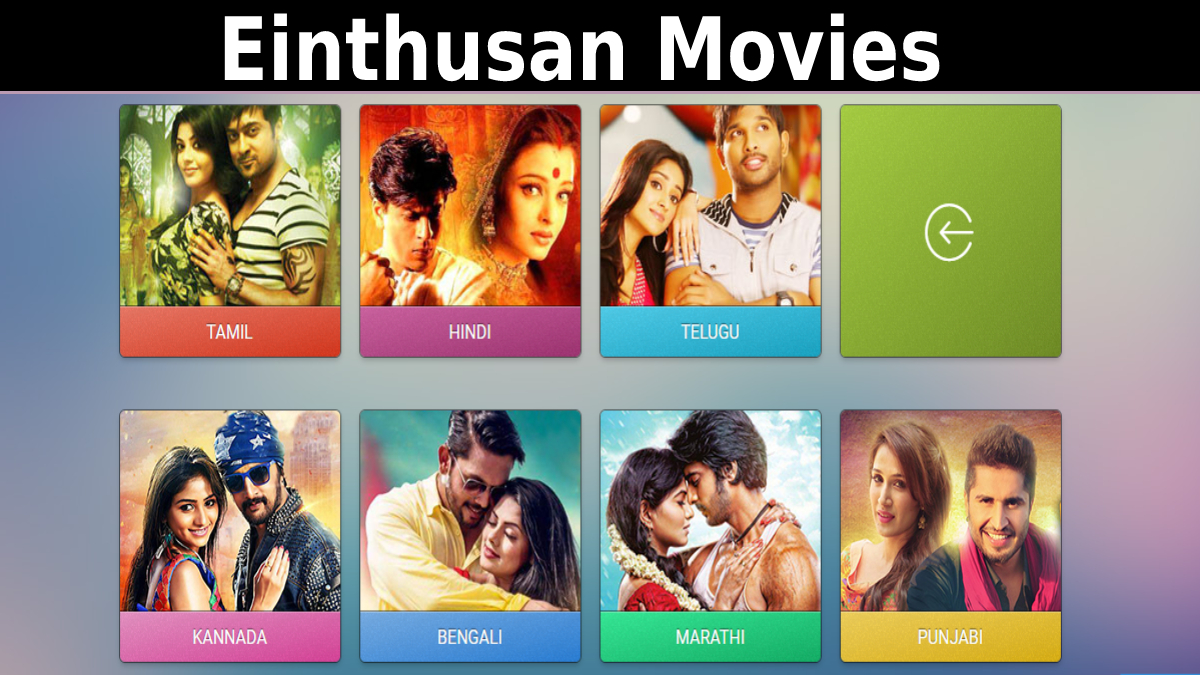The revelation of the Holy Quran was accompanied by a parallel tradition of reciting it through authorized variant modes known as Qiraat. This science of recitation provides blessings alongside flexibility for Muslims worldwide while ensuring scriptural purity. Learning the origins, rules and major types of the Qiraat Quran grants deeper insight into this integral tradition nurturing the faith of millions daily.
Understanding Qiraat – Modes of Quran Recitation
The concept of Qiraat refers to the transmitted recitations of the Holy Quran that were taught by Prophet Muhammad (SAW) himself and authentically conveyed through reliable chains of narration traced back to his blessed era. These different modes of reciting the Quranic text were passed down from the Prophet (SAW) through his esteemed Companions, who had directly received the teaching from him. Though the existence of multiple qiraat introduced slight style variances, the original script and fundamental unity of the Quranic text remained wholly unchanged. Each of the Qiraat recitations is considered authentic and permissible since they originate from the Prophet (SAW).
History and Compilation of the Qiraat
The origins of the qiraat traditions can be traced back to the presence of multiple regional Arabic dialects during the lifetime of Prophet Muhammad (SAW). Despite the Quran being revealed in the dialect of the Quraysh tribe of Makkah, the Prophet encouraged his Companions to also learn and disseminate the Revelation in their own native dialects. This allowance of flexibility facilitated a wider understanding and spread of the Quranic message across the Arabic-speaking lands.
The Divine accommodation of diversity in recitation planted the early seeds of variation that were later carefully compiled and canonized into the authoritative qiraat by Islamic scholars based on unquestionable chains of narration tracing back to the Prophet himself.
Number of Authentic Qiraat
Classical Islamic scholarship authenticated up to 20 modes of reciting the Quran dating back to the Prophet’s blessed era. They are broadly classified as:
- Mutawatir (mass-transmitted) – 7 or 10 most prolific Qiraat with universal acceptance.
- Mashhur (well-known) – Less prolific but still widely documented and permitted recitations.
- Shadh (irregular) – More obscure recitations are now abandoned due to disputes over soundness.
The Mutawatir and Mashhur number around 14 and continue to be practiced across the Muslim world today.
Key Differences Between the Qiraat
While the script of authorized Qiraat is identical without effect on general meaning, some key differences include:
- Vowel Markings – Harakat’s choice alters some words based on Arabic dialectal variance.
- Letter Pronunciation – Makhraj or articulation point of some letters may slightly differ.
- Word Morphology – Some alternate derivations of the same root words may be utilized.
- Grammatical Inflections – Occasional differences in case markings and syntax.
- Tajweed Rules – Slight differences in the application of rules like idgham, iqlab etc.
- Phrase Order – Some inversion in verse composition without meaning change.
This respectable flexibility facilitated diverse Muslim communities in recitation.
Most Common Qiraat Used Today
Among the mutawatir mass-transmitted qiraat, a few grew particularly prominent today:
Hafs ‘an ‘Asim
The most popular worldwide, it follows Kufa Imam Asim’s recitation via Imam Hafs. Praised for its fluidity.
Warsh ‘an Nafi’
Prevalent across North Africa (Morocco, Algeria, Tunisia) and West Africa. One of the two main riwayat of Nafi’.
Qalun ‘an Nafi’
The riwaya of Nafi’s student Qalun prevails in Libya, Qatar, and parts of Tunisia, Sudan.
Al-Duri ‘an Abi ‘Amr
Recitation of Damascus Imam Abi Amr through Al-Duri has many adherents in West Africa.
Others like Al-Bazzi and Al-Susi remain in practice but are less common nowadays.
Permissibility of the Authentic Qiraat
All mutawatir and mashhur qiraat deemed authentic are sanctioned for reciting Quran. The existence of multiple modes of recitation is explicitly recognized in hadith and never objected to. Differences are divinely intended facilitation allowing diverse communities to easily learn the Quran. Some guidelines include:
- It is permitted to recite solely in one’s preferred Qiraat, though studying multiple is recommended.
- One should consistently recite the entire Quran using a single riwaya without arbitrarily mixing styles.
- In congregational prayers, the imam’s recitation mode is to be followed.
- No condemnation exists between followers of different but authentic recitations.
Studying the Qiraat Science
Expertise in the qiraat sciences requires:
- Seeking guidance from accomplished scholars well-versed in teaching the qiraat.
- Intense focus on deeply understanding a single qiraat first before exploring others.
- Extensive listening to recordings of master reciters to accurately identify subtle rules.
- Studying respected Tajweed textbooks outlining precise Qiraat methodologies.
- Steadily building familiarity by reciting a few verses daily in a new qiraat.
- Striving not just to mimic sounds but properly apply principles.
Immersion in this ocean of knowledge instills deeper love for Allah’s Words. If you learn Qiraat Quran the eQuraneKareem Academy is the best platform to learn Qiraat Quran online.
Qiraat Confirms Quranic Authenticity
The existence of Qiraat proves the flawless Divine preservation of the Quran. Despite variance, each recitation transmitted from the Prophet (SAW) constitutes the authentic revealed text. Respecting differences thus strengthens Muslim unity. Through the qiraat, Allah facilitated preservation alongside the accessibility of His final guidance. They represent continued blessings linking Muslims worldwide through tradition.
Conclusion
Beyond superficial styles, the qiraat encapsulates a profound tradition conveying beauty and wisdom revealed to Prophet Muhammad (SAW). Their authentic origins and allowance by the Prophet reinforce the miraculous preservation of Islam’s sacred scripture. Exploring this science helps us appreciate the Quran’s multilayered essence while connecting to the scholarly heritage keeping it alive dynamically in Muslim life.








